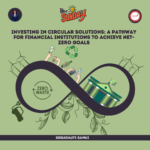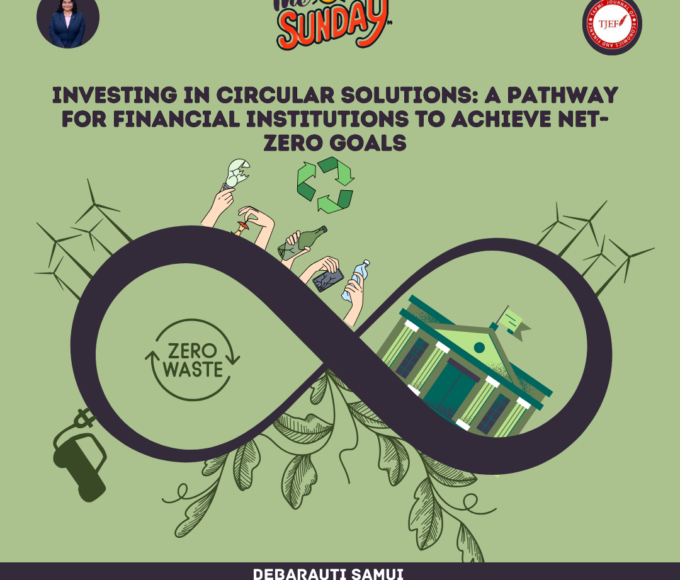Editor – Ankita Kumari ||
Introduction:
In the world of art, where creativity knows no bounds, clashes of ideologies often unfold amidst the serene halls of prestigious museums and galleries. Recent events have thrust this clash into the spotlight, with iconic artworks like the Mona Lisa finding themselves at the center of controversy. Picture this: the Mona Lisa, shielded behind bulletproof glass, suddenly becomes the target of an unconventional attack—not by vandals or thieves, but by climate activists wielding bowls of soup. This incident, alongside the broader debate surrounding oil sponsorship in the arts, has sparked a conversation about the intersection of culture, commerce, and activism.
The Incident:
Last week, the Mona Lisa faced an unexpected assault—a bowl of soup hurled her way. Sadly, this isn’t the first time she’s been targeted. Since 1956, she’s endured acid dousing, coffee mug assaults, cake smears, and more. Fortunately, the Louvre Museum in Paris shielded her behind bulletproof glass after the initial incident. Yet, even that didn’t prevent the recent soupy assault. Additionally, Van Gogh’s Sunflowers suffered a similar fate a couple of years ago. What’s the common link in these recent attacks? Climate activists.
These activists aren’t aiming to destroy the paintings; they seem to be targeting artworks behind protective glass. Their actions raise profound questions about society’s values: What is worth more—art or life? Is art worth more than food, justice, or the protection of our planet and people?


Protesters smeared the windows of the Van Gogh Museum in Amsterdam to protest funding from the oil and gas company Shell.
The Artwashing Phenomenon:
Enter Mel Evans, an artist-activist leading the charge against the relationship between ‘Big Oil’ and ‘Big Art.’ She calls attention to ‘artwash,’ where oil companies use cultural sponsorship to polish their public image while sidestepping their environmental responsibilities. Evans argues that oil sponsorship compromises artistic integrity and silences dissenting voices, perpetuating a cycle of corporate influence and environmental degradation.
But Evans isn’t alone in her critique. Recent protests and performance art interventions, such as the soup-splattering incident at the Louvre, highlight growing discontent with oil-funded cultural institutions. From the Tate Britain to The Metropolitan Museum of Art, voices rise in defiance against oil-sponsored exhibits and facilities. As the tide turns against ‘Big Oil,’ calls for divestment and renewable energy initiatives grow louder.
Debunking Myths with Data
But Evans doesn’t rely solely on emotional appeals. She wields data like a brush, painting a vivid picture:
The Dependence Myth Debunked: Big Oil spins a narrative of art clinging to their financial lifeline. A 2016 Tate report reveals the truth: oil sponsorship accounted for only 1-2% of their income. Meanwhile, renewable energy flourishes, with solar and wind power experiencing an 18% global growth in 2022. The supposed dependence is exposed as a carefully crafted illusion.
Silenced Voices, Stifled Expression: The stain of financial ties extends beyond facades. During a BP-sponsored event at Tate, artist-activists protesting the oil spill faced resistance. This raises alarming questions: Does Big Oil’s patronage silence critical voices, creating an environment where art’s ability to hold power accountable is compromised? Consider the case of Ai Weiwei, a Chinese artist whose criticism of environmental degradation and government policies led to detention and censorship. In Australia, BHP Billiton, a mining giant, faced similar accusations after sponsoring the Sydney Biennale, sparking protests claiming greenwashing.
The issue transcends geographical boundaries. From the Koch brothers’ $65 million donation to the Metropolitan Museum of Art to Shell’s global cultural sponsorships, the artwashing brush paints across continents. The Louvre in Paris faced criticism for accepting sponsorship from Total, a major oil and gas company. Even esteemed institutions like the Guggenheim Museum in New York were entangled in controversy after accepting funding from BP.
Yet, amidst the stark realities, Evans paints a glimmer of hope. The Liberate Tate movement and countless others stand as testaments to the growing resistance against Big Oil’s cultural infiltration. Initiatives like the Gulf Coast Center for Law & Policy’s “Culture Not Crude” campaign urge institutions to reject fossil fuel funding. The Artists Against Fracking movement utilizes creative expression to challenge the fossil fuel industry.
The Power Play: Big Oil and Big Art From the perspective of Mel Evans, the symbiotic relationship between ‘Big Oil’ and ‘Big Art’ extends beyond mere financial transactions. Oil companies strategically align themselves with cultural institutions to bolster their social standing and influence public perception. By sponsoring high-profile events and exhibitions, oil giants secure a ‘social license to operate,’ effectively normalizing their presence in society. However, Evans challenges this normalization, highlighting the hypocrisy of oil companies claiming to support culture while contributing to environmental degradation.

In late June, demonstrators carried oil and feathers to the entrance to the Tate Britain gallery, in London, as part of a protest BP sponsorship of the arts
Challenging the Status Quo
Despite the entrenched nature of oil sponsorship in the arts, Evans sees signs of resistance and change. Activist interventions, such as performance art protests and calls for divestment, highlight the growing discontent with oil-funded cultural institutions. Moreover, the shift towards renewable energy sources underscores the need to reassess society’s reliance on fossil fuels. As artists and activists join forces to challenge the status quo, there is hope for a more sustainable future.
The Global Impact
While the discussion surrounding oil sponsorship in the arts initially centered on the UK, its implications are far-reaching. Similar dynamics are observed in cultural institutions worldwide, with oil money influencing programming, curation, and artistic discourse. From the Tate Britain to The Metropolitan Museum of Art, the presence of oil-sponsored exhibits and facilities underscores the pervasive influence of corporate interests in the cultural sphere.
The Cultural Landscape: Oil, Money, and Influence
From Evans’s perspective, understanding the depth of the relationship between oil and the arts requires examining the financial dynamics at play. While oil sponsorship may represent a small fraction of a museum’s annual income, its impact extends beyond monetary contributions. Oil companies leverage their sponsorship to shape narratives and control public perception, presenting themselves as patrons of the arts while downplaying their environmental impact. However, Evans sees this influence as a distortion of artistic integrity, where corporate interests prioritize profit over principles.
Toward a Sustainable Future: Rethinking Art and Commerce
In Evans’s vision, navigating the complexities of the art-oil nexus requires envisioning alternative models that prioritize sustainability and ethical responsibility. From diversifying funding sources to promoting renewable energy initiatives, there are numerous avenues for cultural institutions to reduce their reliance on oil sponsorship. Moreover, fostering partnerships with grassroots organizations and environmental advocates can enrich programming and promote meaningful engagement with pressing issues.
Conclusion:
In confronting the intertwined challenges of climate change, corporate influence, and artistic integrity, the art-oil nexus emerges as a critical battleground. By interrogating the dynamics of oil sponsorship and amplifying marginalized voices, artists and activists are reshaping the cultural landscape and challenging the status quo. As we navigate toward a more sustainable future, it’s essential for cultural institutions to uphold their ethical responsibilities and embrace innovative approaches that prioritize artistic integrity, environmental stewardship, and social justice. In the intersection of art, oil, and activism lies the potential for transformative change, inviting us to reimagine the role of culture in shaping a more just and sustainable world.
















Leave a comment